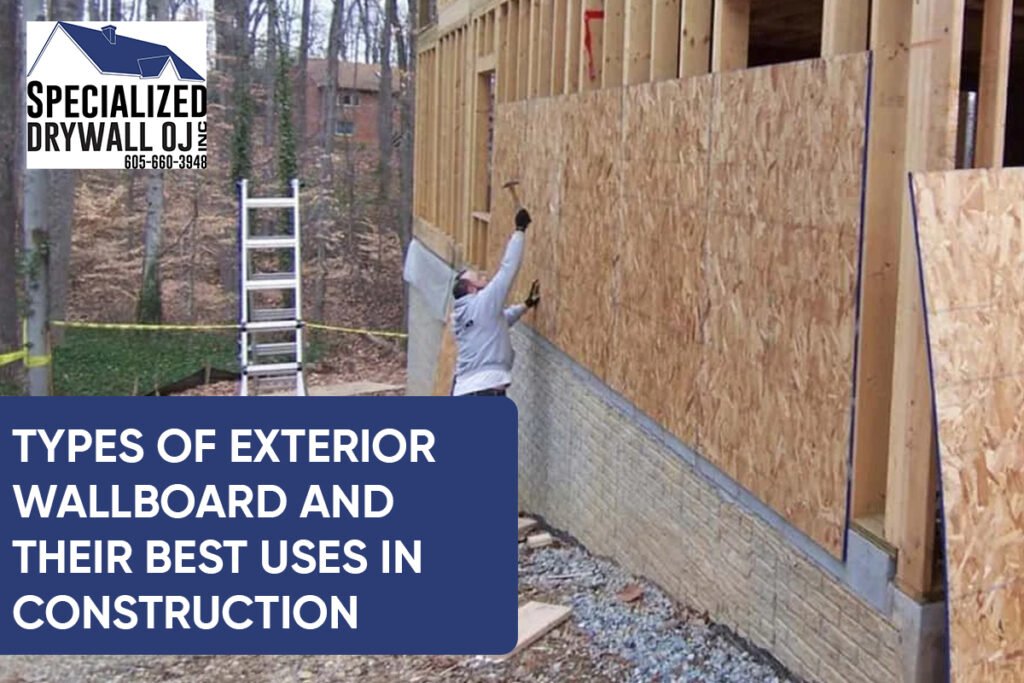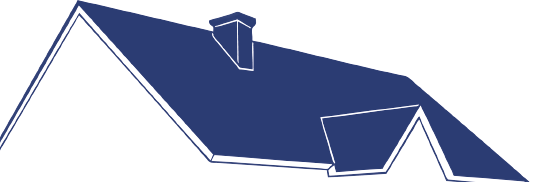Choosing the right type of exterior wallboard is essential for any successful construction project. Whether you’re building a home, office, or commercial facility, the exterior sheathing plays a vital role in providing structural support, moisture control, and insulation. But with so many options on the market, it can be tough to decide which wallboard best fits your project. That’s where this guide comes in—designed to walk you through the most common exterior wallboard types and their best use cases, using straightforward language and a touch of expert insight.
Understanding the unique properties of each material—such as moisture resistance, durability, and fire safety—can make all the difference in your building’s long-term performance. Let’s break down the most popular types of exterior wallboard and explore how and where they shine the most in real-world construction settings.

Get to Know Exterior Gypsum Wallboard: Lightweight and Fire-Resistant
Exterior gypsum wallboard is one of the most commonly used materials in modern construction. It’s designed specifically for sheathing applications on the outside of buildings and is typically covered with a water-resistant core and fiberglass mats for durability.
Why choose this? First off, exterior gypsum wallboard offers excellent fire resistance, making it a solid choice for commercial structures or multi-family housing. It’s also lightweight and easy to install, reducing labor costs and speeding up your timeline. Because it’s compatible with most cladding systems, it works seamlessly beneath brick, stucco, vinyl, and more.
Durability Meets Design: Fiber Cement Panels
Fiber cement panels are an ideal solution for those wanting a wallboard that combines durability with design flexibility. These panels are made of a mix of cement, sand, and cellulose fibers, giving them the strength to stand up to harsh weather conditions.
They are moisture resistant, won’t rot, and resist insect damage, making them perfect for homes in wet or humid climates. What’s more, fiber cement panels can be manufactured to mimic the appearance of wood, stone, or brick, allowing for beautiful aesthetics without compromising durability.
Go Natural with Wood Siding Exterior Wallboard
Wood siding exterior wallboard is a classic choice, offering timeless appeal and a natural look. From cedar to redwood, wood wallboards bring warmth and charm that’s hard to replicate.
However, wood siding does come with maintenance requirements. It must be treated regularly to prevent warping, pests, and water damage. Still, for homeowners seeking curb appeal and eco-friendly materials, this option remains a top contender.
Composite Wood Panels: The Best of Both Worlds
If you like the look of wood but want something more low-maintenance, composite wood panels might be your best bet. These are engineered products made from wood fibers, resins, and other materials, designed to emulate real wood while resisting moisture and decay.
Composite wood panels are more stable than natural wood and don’t require frequent sealing or staining. Their consistent appearance and resilience make them an excellent choice for both residential and commercial builds.
Moisture Resistant Exterior Wallboard: Keeping the Elements Out
Nobody wants to deal with mold, rot, or mildew—especially in a brand-new build. Moisture-resistant exterior wallboard is designed specifically to combat these issues, making it ideal for wet climates or areas exposed to frequent rain.
These wallboards are often used as an extra layer beneath siding or stucco to help protect your structure’s integrity. Look for boards that combine water resistance with breathability to ensure trapped moisture doesn’t become a hidden issue over time.
Fire Resistant Exterior Wallboard: Safety That Matters
When it comes to protecting lives and property, fire-resistant wallboard is a must. These boards are typically made with materials like glass fibers and gypsum, which help slow the spread of flames and reduce smoke.
Many building codes now require fire-resistant wallboard in certain applications, especially around garages, kitchens, and multi-family dwellings. If safety is a top priority (and it should be!), consider this type of sheathing essential to your design.
Matching the Right Wallboard to the Right Project
Not every construction project has the same needs, which is why matching wallboard features to specific environments is so important. For example, fiber cement panels and moisture-resistant wallboards are ideal for coastal regions, while fire-resistant options suit urban builds or areas with fire risk.
To make an informed choice, assess the environmental factors of your site, your long-term maintenance expectations, and your budget. Consulting with an expert contractor or wallboard specialist can also go a long way.
Energy Efficiency and Long-Term Performance
Some exterior wallboards contribute more than just structural support—they also help enhance energy efficiency. Boards that add insulation value or seal against air leaks can lower heating and cooling costs year-round.
Pairing the right wallboard with proper installation techniques ensures you get the best performance possible, especially in extreme climates. Don’t overlook energy performance when weighing your wallboard options.
Final Thoughts: Build Smarter with the Right Wallboard
Choosing the best exterior wallboard is a critical step in any construction project. From fire safety to energy efficiency and aesthetic value, the type of wallboard you select can impact your building’s longevity and comfort for decades.
Ready to take the next step? Explore more on wallboard materials and installation tips by visiting Specialized Drywall OJ Inc. Don’t forget to check out their wallboard services and the latest trends in custom decorative wall panels for more inspiration.
FAQs About Exterior Wallboard Types and Uses
Q1: What’s the difference between interior and exterior wallboard?
A: Interior wallboards are designed for indoor use and often lack moisture and weather resistance. Exterior wallboards are built to withstand the elements and provide structural support.
Q2: Which type of exterior wallboard is most fire-resistant?
A: Exterior gypsum wallboard and certain fiber-reinforced cement boards offer top-tier fire resistance.
Q3: Can I use wood siding exterior wallboard in wet climates?
A: You can, but it requires diligent maintenance to prevent moisture damage. Consider sealing it regularly or opting for a composite wood alternative.
Q4: How long do fiber cement panels last?
A: With proper care, fiber cement panels can last up to 50 years or more.
Q5: Are composite wood panels eco-friendly?
A: Many composite panels are made from recycled materials and are more sustainable than traditional wood.


One Response